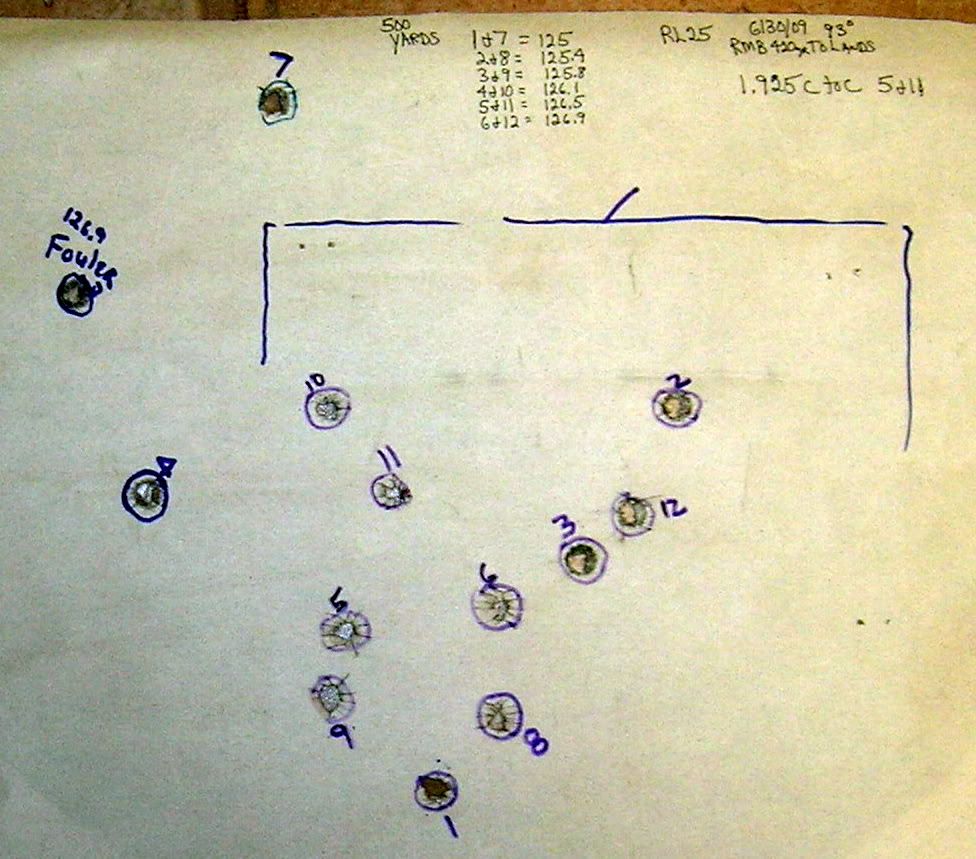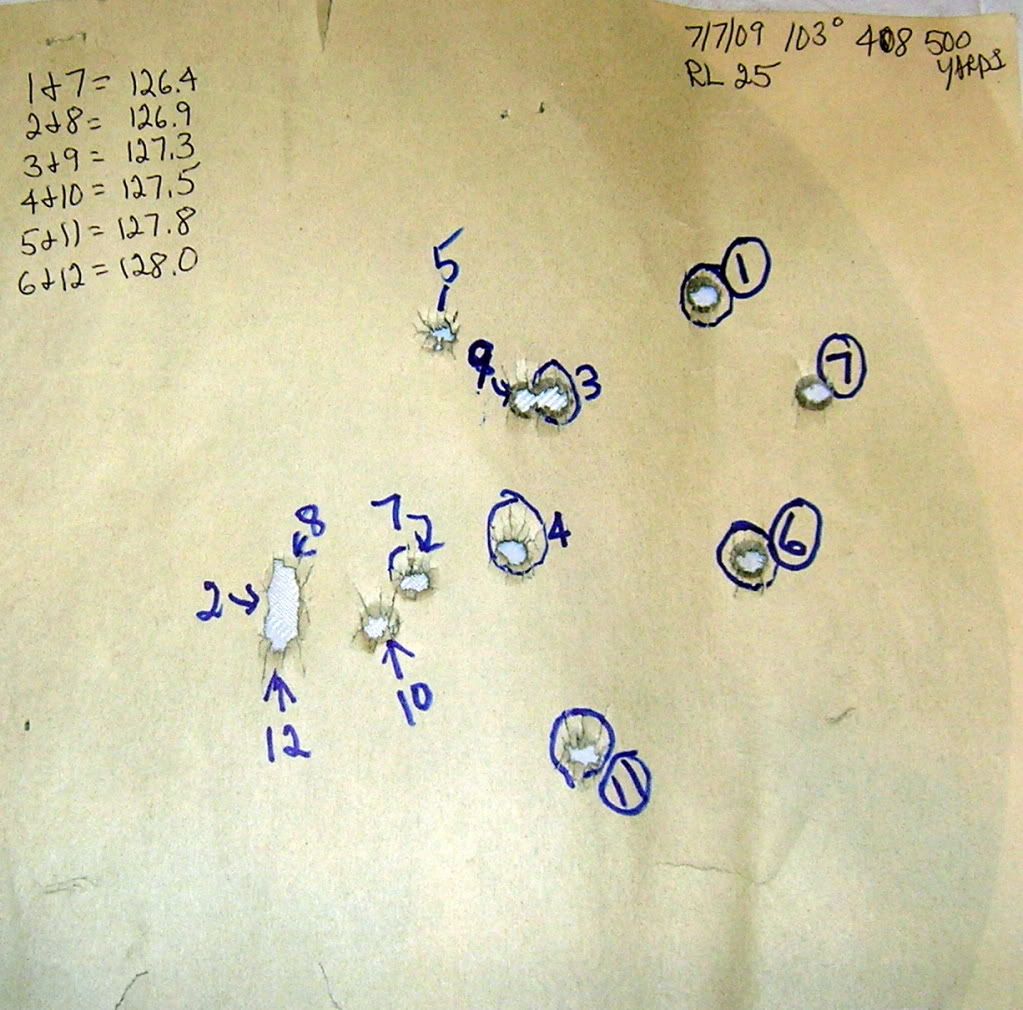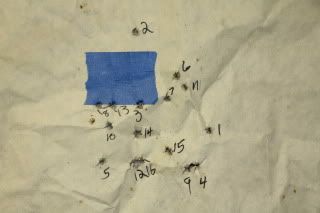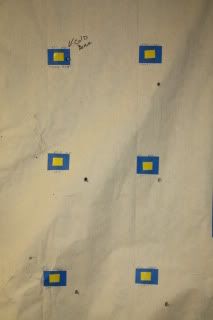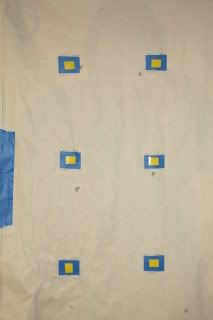Re: explain Ladder test?
My ladder testing is peformed on a series of rows and columns of 1/2" yellow dots with bold black ring outlines at 100yd. One shot only at each dot, and five to fifteen dots per charge increment. I keep an identical target at the bench, and comment and annotate upon it as I fire each shot on its counterpart downrange. This may appear excessive but my intent is to relegate chance to the bottom of the set of circumstances on the basis of importance. The single shot per dot concept eliminates a lot of doubt and/or confusion.
Right now, I am refraining from doing any new development and ladder testing because of the impact of the artificial shortage of components on my stock of handloading supplies. I have loads that work with the guns I'm currentkly using for comp, and I'm really not under any great compulsion to develop loads, at the moment, for guns I have rececently acquired.
My shooting partner is playing with a recently acquired Deuce of mine, using as stock of bullets and powder derived from some unsuccessful experimental .223 loads that were broken down for components. It keeps him happy and it serves a useful purpose.
Beyond that, my development work awaits better times, the bulk of my shooting is done with .22LR, and I only produce and use 50 rounds of .223 comp ammo from a proven load recipe; when and as needed for FV200 Comp twice each month.
Greg

